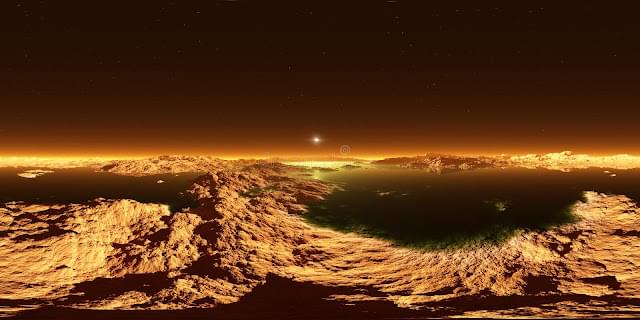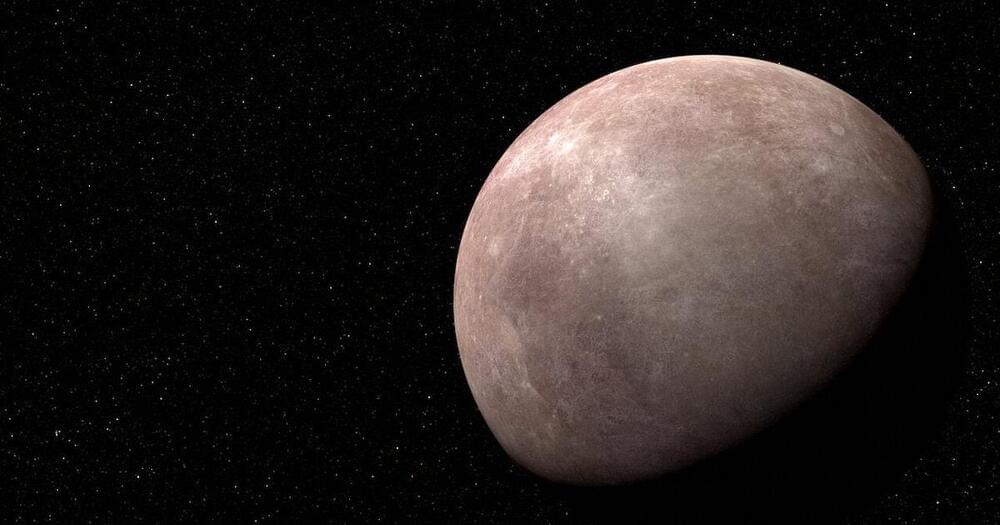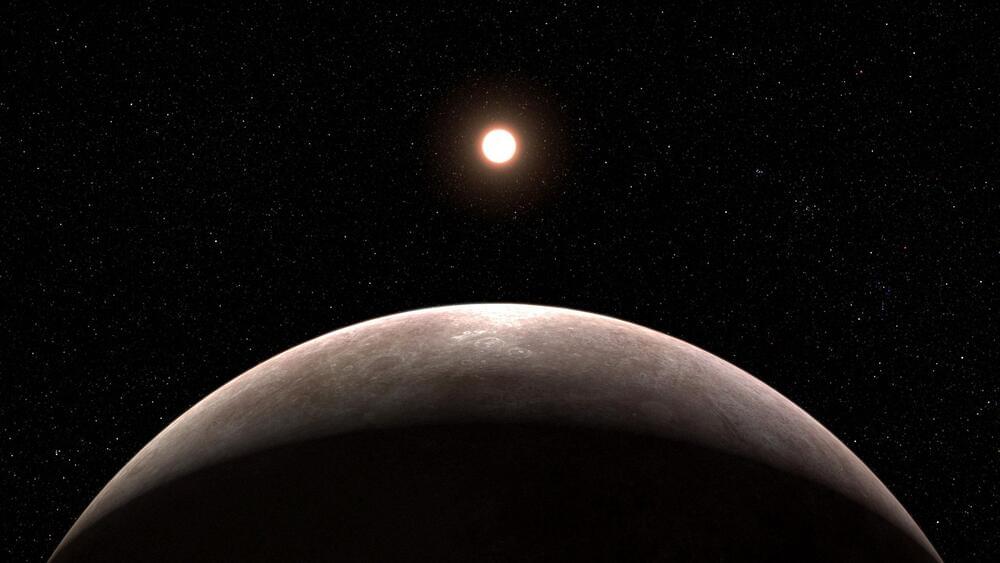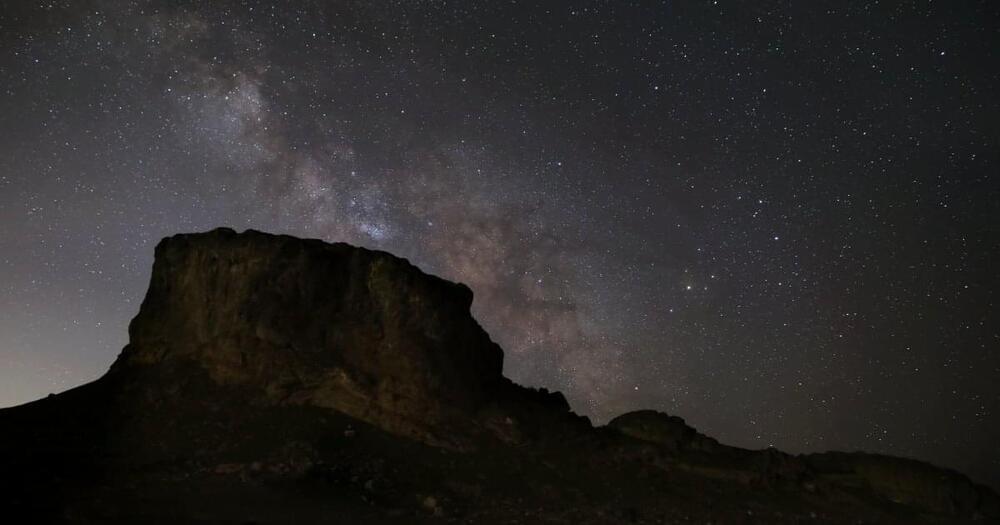Go to https://nordvpn.com/isaacarthur to get a 2-year plan plus a bonus gift on top. It’s risk-free with Nord’s 30-day money-back guarantee!
When we look up into the night skies, all we see is absence and silence, but could our galaxy be a dark forest full of hidden predators waiting to consume us?
Visit our Website: http://www.isaacarthur.net.
Join Nebula: https://nebula.tv/isaacarthur.
Support us on Patreon: https://www.patreon.com/IsaacArthur.
Support us on Subscribestar: https://www.subscribestar.com/isaac-arthur.
Facebook Group: https://www.facebook.com/groups/1583992725237264/
Reddit: https://www.reddit.com/r/IsaacArthur/
Twitter: https://twitter.com/Isaac_A_Arthur on Twitter and RT our future content.
SFIA Discord Server: https://discord.gg/53GAShE
Listen or Download the audio of this episode from Soundcloud: Episode’s Audio-only version: https://soundcloud.com/isaac-arthur-148927746/the-dark-fores…ile-galaxy.
Episode’s Narration-only version: https://soundcloud.com/isaac-arthur-148927746/the-dark-fores…ation-only.
Credits:
The Dark Forest, Aliens, and a Hostile Galaxy.
Science & Futurism with Isaac Arthur.
Episode 377a, January 15, 2023
Written, Produced & Narrated by Isaac Arthur.
Editors:
David McFarlane.
Donagh Broderick.
Graphics by:






